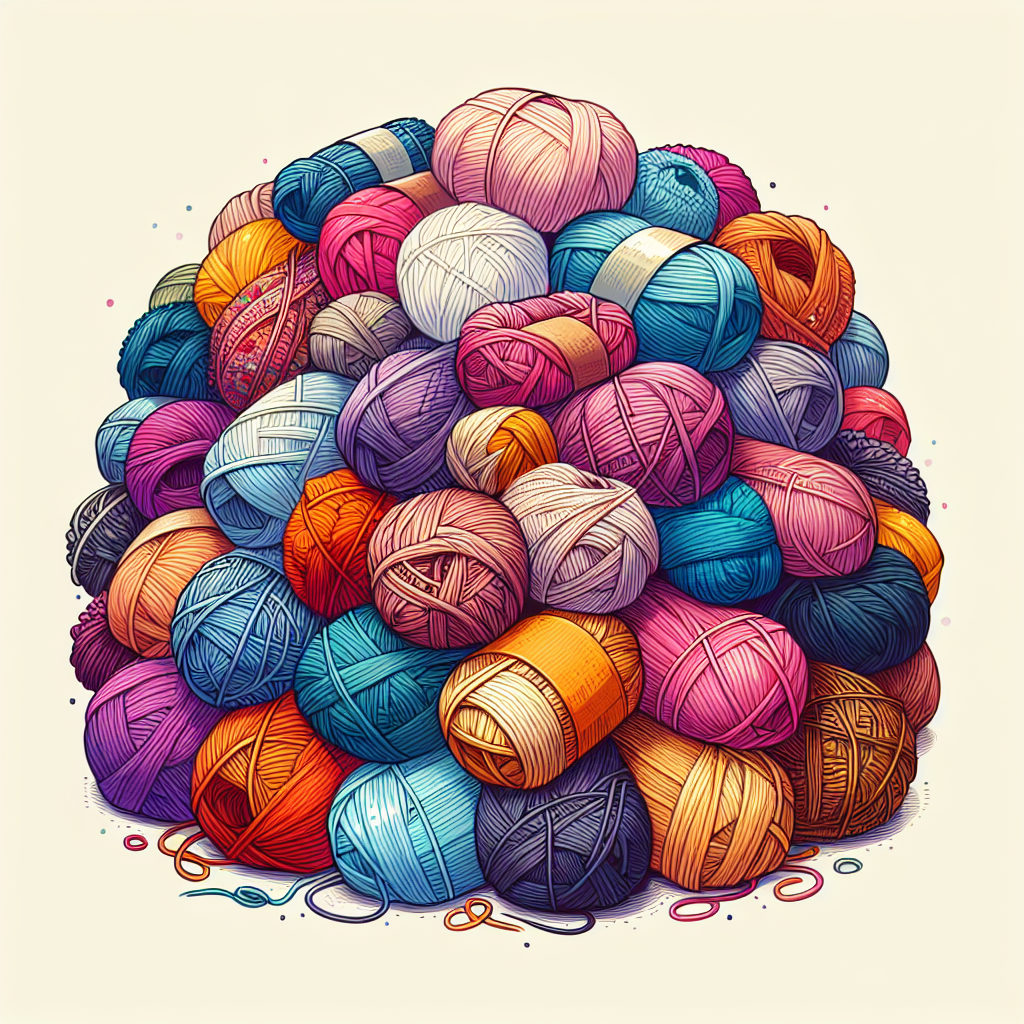So you’ve always been curious about knitting, but never knew where to start? Look no further! “Getting Started with Knitting: A Step-by-Step Guide for Beginners” is here to help you embark on your creative journey. This comprehensive guide will walk you through the basics of knitting, from selecting the right needles and yarn to mastering essential stitches. Whether you’re a complete novice or just need a refresher, this user-friendly guide will have you casting on, knitting, and purling in no time. With clear instructions and helpful tips, you’ll be creating beautiful handmade gifts and cozy accessories in no time. Get ready to unravel the joys of knitting and unleash your inner creativity!
Choosing the Right Yarn and Needles
Understanding yarn weights
When starting your knitting journey, it is important to understand the different weights of yarn available. Yarn weight refers to the thickness of the yarn and can greatly impact the outcome of your knitting project. The most common yarn weights are categorized as lace, fingering, sport, DK (double knitting), worsted, bulky, and super bulky. Each weight has its own characteristics and recommended uses, so it’s essential to choose the appropriate weight for your project.
Lace and fingering weight yarns are very thin and are perfect for delicate projects such as shawls or lightweight garments. Sport and DK weight yarns are slightly thicker and are commonly used for baby items and lightweight sweaters. Worsted weight yarn is a versatile choice that is great for a wide range of projects, including hats, scarves, and blankets. Bulky and super bulky yarns are thicker and provide quicker results, making them ideal for cozy blankets or warm winter accessories.
Considering the fiber content
In addition to the weight, the fiber content of yarn is another crucial factor to consider. Yarn can be made from a variety of fibers, including wool, cotton, acrylic, alpaca, and blends of different fibers. Each fiber has its own unique properties that can affect the drape, warmth, and care instructions of your finished knitted item.
Wool yarn is known for its excellent insulation properties and elasticity, making it a popular choice for cold-weather garments. Cotton yarn is breathable and ideal for lightweight items as it doesn’t retain heat like wool. Acrylic yarn is a synthetic fiber that is affordable and easy to care for, making it a great choice for beginners. Alpaca yarn is known for its softness and warmth, but it may require extra care during washing. Blends of different fibers provide a combination of their individual qualities, offering a wider range of options.
Selecting the appropriate needle size
The needle size you choose will depend on the weight of your yarn and the desired outcome of your knitting project. The size of the needles determines the tension and overall look of your stitches. Needles are available in various materials, such as metal, wood, and plastic. Each material has its own feel, so it’s worth experimenting to find the one that suits your knitting style best.
Thinner yarns typically require smaller needles, while thicker yarns are better suited to larger needles. The recommended needle size can usually be found on the yarn label or specified in knitting patterns. However, it is essential to keep in mind that everyone’s tension and knitting style may vary, so you may need to adjust the needle size to achieve the desired gauge and tension for your specific knitting project.

